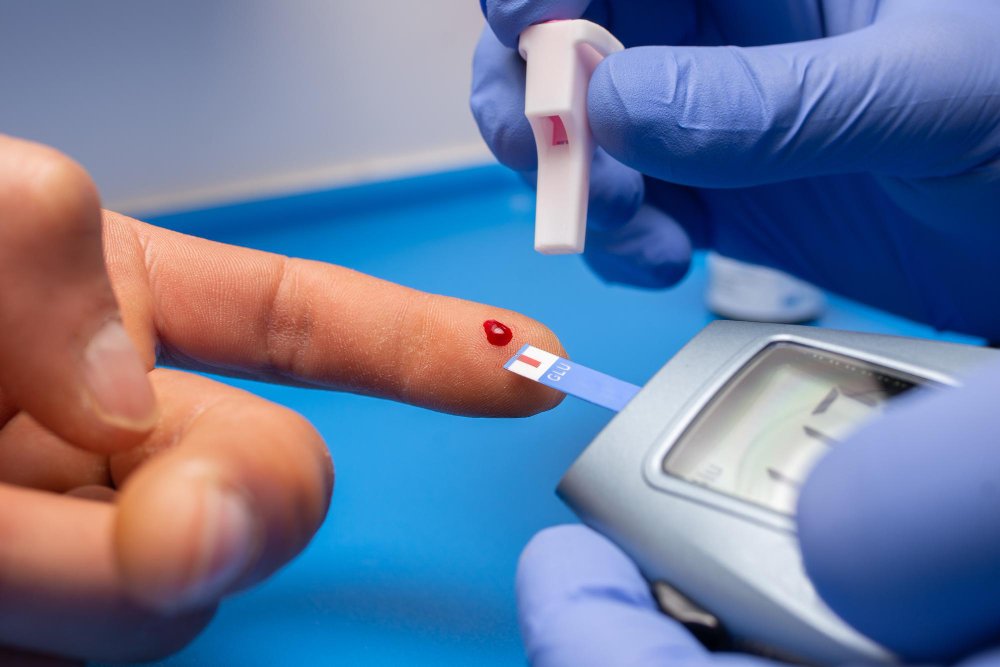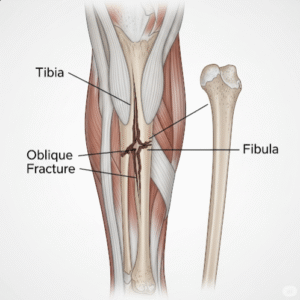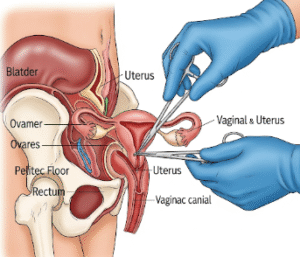Overview
Gestational diabetes mellitus (GDM) is a type of diabetes that develops during pregnancy when the body cannot produce enough insulin to meet the increased needs. It typically occurs in the second or third trimester and can affect both mother and baby if not managed properly. In Korea, gestational diabetes is increasingly recognized due to lifestyle changes and rising obesity rates, and specialized maternal-fetal care centers provide advanced screening and treatment options.
What is Gestational Diabetes?
Gestational diabetes is a temporary form of high blood sugar that appears during pregnancy. Unlike type 1 or type 2 diabetes, it is specifically triggered by pregnancy-related hormonal changes that interfere with insulin regulation. While blood sugar usually returns to normal after childbirth, women with GDM are at higher risk of developing type 2 diabetes later in life.
Symptoms
Gestational diabetes often has no noticeable symptoms, but some pregnant women may experience:
- Increased thirst and frequent urination
- Fatigue
- Blurred vision
- Nausea
- Frequent infections (urinary or vaginal)
Because symptoms may be subtle, routine blood sugar screening during pregnancy is standard practice in Korea.
Causes
The primary cause is hormonal changes during pregnancy, which make the body less responsive to insulin (insulin resistance). Other contributing factors include:
- Overweight or obesity before pregnancy
- Excessive weight gain during pregnancy
- Genetics and family history of diabetes
- Polycystic ovary syndrome (PCOS)
Risk Factors
- Age over 30 at pregnancy (risk is higher in Korea due to increasing maternal age)
- Family history of type 2 diabetes
- Overweight or obesity before pregnancy
- Previous history of gestational diabetes
- Polycystic ovary syndrome (PCOS)
- Delivery of a large baby (>4 kg) in a previous pregnancy
Complications
If untreated, gestational diabetes can lead to:
For the baby:
- Large birth weight (macrosomia), leading to difficult delivery
- Premature birth
- Low blood sugar (hypoglycemia) after birth
- Increased risk of obesity and type 2 diabetes later in life
For the mother:
- Preeclampsia (pregnancy-induced high blood pressure)
- Higher risk of cesarean delivery
- Increased risk of type 2 diabetes after pregnancy
Prevention
While GDM cannot always be prevented, risks can be lowered by:
- Maintaining a healthy weight before pregnancy
- Eating a balanced diet rich in fiber and low in refined sugars
- Engaging in regular physical activity during pregnancy (with medical guidance)
- Regular prenatal check-ups and blood sugar monitoring
Treatment Options in Korea
Diagnosis
- Glucose Challenge Test (GCT): Initial screening at 24–28 weeks of pregnancy
- Oral Glucose Tolerance Test (OGTT): Confirmatory test if GCT is abnormal
Medical Management
- Lifestyle modification: Nutrition counseling by dietitians and safe pregnancy exercise programs
- Blood sugar monitoring: Home glucose monitoring devices are widely used in Korea
- Medication: Insulin therapy if lifestyle changes are insufficient (oral diabetes medications are rarely used in pregnancy)
Specialized Care in Korea
- Leading hospitals such as Seoul National University Hospital, Asan Medical Center, Samsung Medical Center, and Yonsei Severance Hospital have maternal-fetal medicine units for gestational diabetes
- Multidisciplinary teams (obstetricians, endocrinologists, dietitians) ensure both maternal and fetal health
- High-risk pregnancy clinics provide continuous monitoring until delivery
Postpartum Follow-up
- Blood sugar levels are monitored 6–12 weeks after delivery
- Women are advised to undergo regular diabetes screening every 1–3 years, as the risk of developing type 2 diabetes remains elevated













